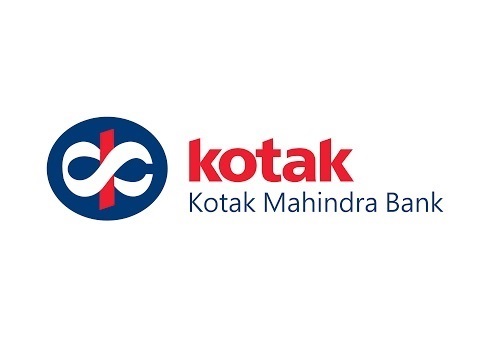Learn about the basic terms of Options Trading here

Defining Options and Options Trading
Options are classified as instruments that fall under derivatives. This means that their prices are drawn from elsewhere – ordinarily stocks. Simply put, the price of an option is linked to the price of an underlying stock. When a trader participates in options trading, he speculates on the future direction of the market as a whole or on individual securities like bonds or stocks. Understanding the basic aspects of options trading is a must if you wish to make successful trades. Continue reading to learn what these are.
Basic Options Trading Terms
Popular terms that are used with regard to options trading are as follows.
- Strike Price – This price refers to the amount at which an underlying stock can be sold or bought keeping in mind the contract. Within options trading, a call option refers to the price at which a stock can be purchased on or prior to its date of expiration. Put options however refers to the price at which a seller has the right to sell the underlying stock on or prior to its expiration.
- Premium – Given that options don’t have an underlying value of their own, the options premium highlights the price that a buyer must pay in order to own an option. This premium is calculated with the aid of several factors that include but aren’t limited to market volatility, days until the option expires and the underlying stock price. Selecting the premium serves as one of the most crucial aspects of options trading.
- Underlying Asset – An underlying asset under options trading can include stocks, currency, index, futures or commodities. This underlying asset is used to determine the price of an option.
- Expiration Date – All stock options are given a date of expiration. This happens to be the last date on which an options holder can buy or sell the options that are in holding. Expiration dates can range from weeks and months to years keeping in mind the market and regulations in place.
- Lot Size - This figure highlights the number of stocks that are bought under a single transaction. A lot indicates the least number of scrips that a trader can buy or sell under an options trading contract. The Securities and Exchange Board of India helps determine what the lot size is for futures and options traders.
Expand Your Horizons at Angel One
Now that you’ve got a brief understanding of options trading, you might be wondering where you can expand your knowledge. It is in this regard that Angel One’s Smart Money1 and Knowledge Centre portal’s come in handy. Here, information is split into modules keeping in mind varied aspects of investing and trading including options trading. Should you wish to access this information while on the go you can always do so via the Angel One YouTube Channel. There are several different series such as Master the Market &Investing Ideas that have been uploaded here that focus on educating investors and traders alike.
Arming yourself with the skills you need to carry out options trading is a must if you wish to succeed. Keeping this in mind, check out the Angel One website as it serves as a one-stop solution for all financial needs including options trading.
Disclaimer
1Smart Money is not an exchange approved product and any dispute related to this will not be dealt on exchange platform
2This blog is exclusively for educational purpose
3Investments in securities market are subject to market risk, read all the related documents carefully before investing. Brokerage will not exceed the SEBI prescribed limit. https://bit.ly/2VBt5c5
Above views are of the author and not of the website kindly read disclaimer




















